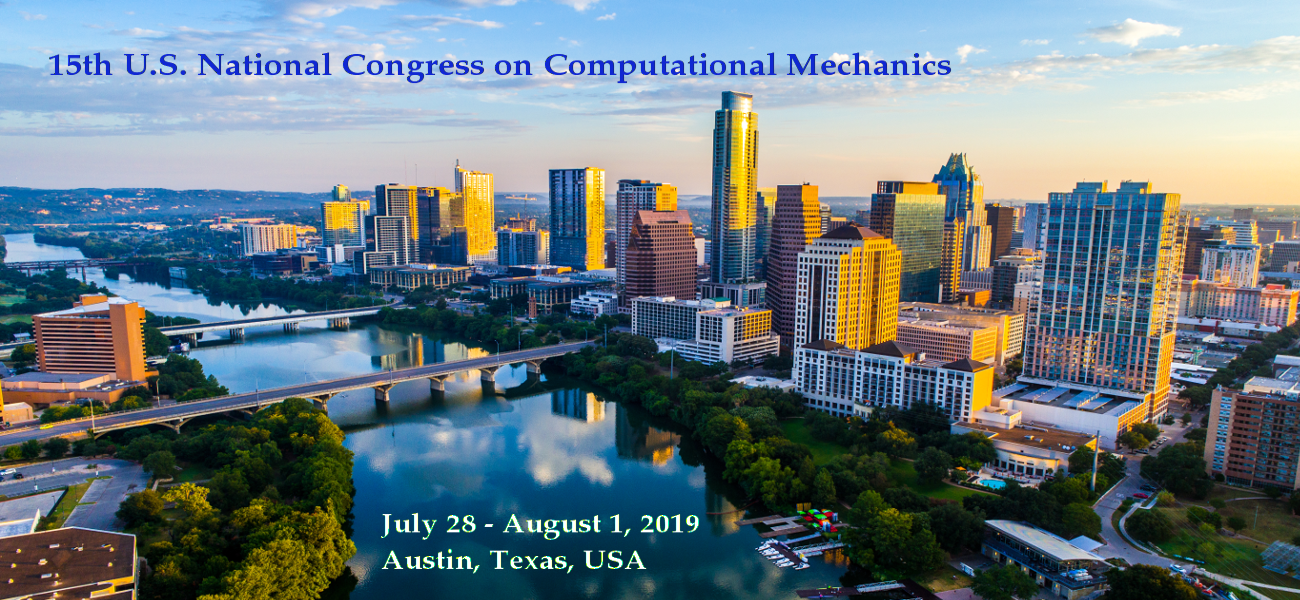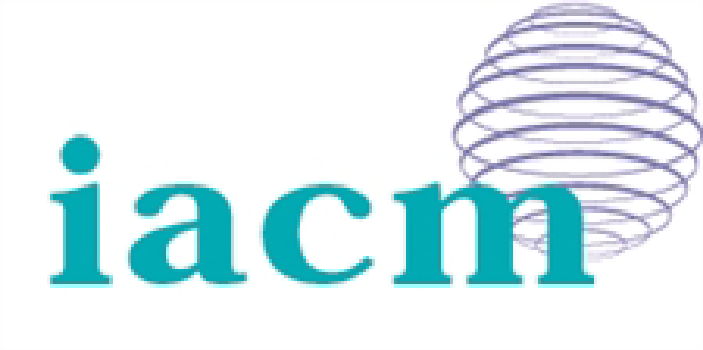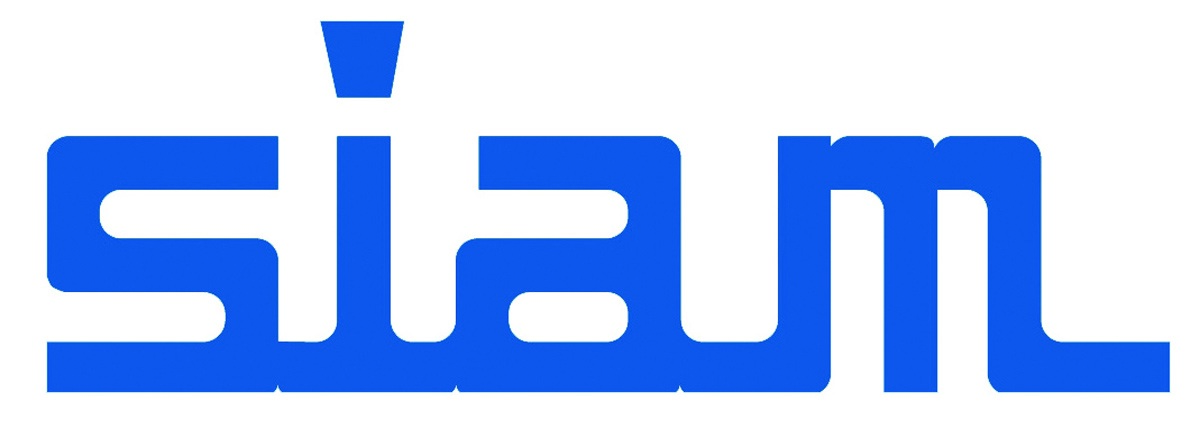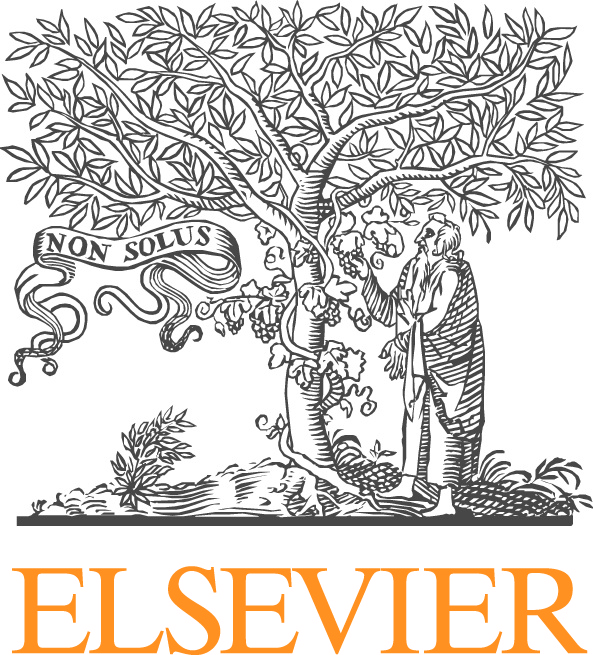Scott Roberts, Sandia National Laboratories
Joseph Bishop, Sandia National Laboratories
Karel Matous, University of Notre Dame
John Korbin, Sandia National Laboratories
Nagi Mansour, NASA
Advances in three-dimensional imaging techniques, including x-ray computed tomography and scanning electron microscopy, have enabled insight into as-manufactured materials and components like never before. This abundance of image data has inspired scientists and engineers to perform simulations on computational domains derived directly from this image data, a foundational aspect of the increasingly popular digital twin concept. However, the process converting greyscale three-dimensional image data to a discretized domain suitable for simulation is often arduous and fraught with errors.
In this minisymposium, we explore techniques for improving this image-to-simulation process. Topics of interest include, but are not limited to:
• Computed tomography reconstruction techniques to reduce artifacts
• Image segmentation, labeling, and part identification
• Computer vision and machine learning approaches
• Geometric feature identification and detection
• Domain discretization / mesh generation
• Data compression and model reduction
• Algorithms and numerical methods for solving multi-physics problems on image data
• High performance computing applied to image datasets
• Applications of the above techniques to real-world scientific and engineering applications
• Credibility assessments, including uncertainty quantification and validation







